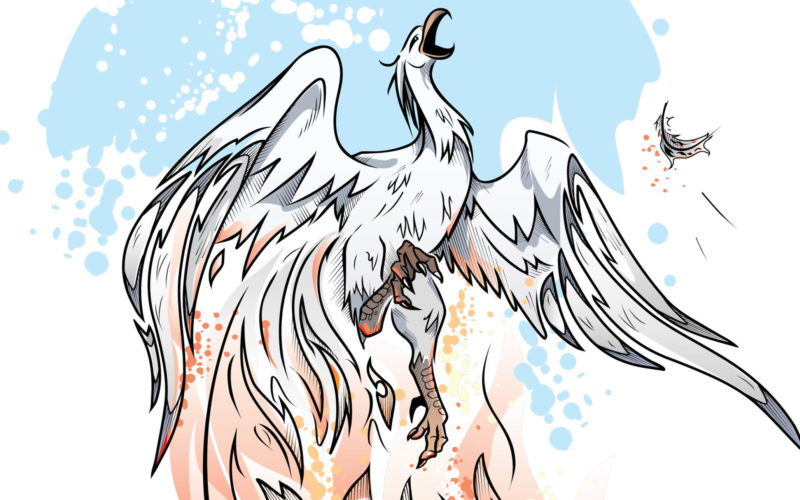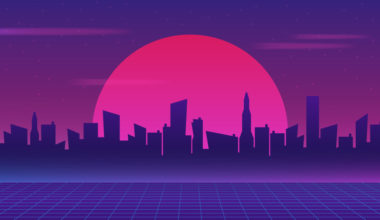In my last entry, I discussed why the American consumer of the 1990s and 2000s/2010s is gone. This consumer was the underpinning of the modern American economy, making up more than 2/3s of its total size (68.2% of the US GDP is consumer spending). To support the American economy’s obsession with constant, predictable, never-ending growth, years of marketing helped shape the perfect “spend firsts, ask questions later” consumer. These consumers were then supplied with virtually unlimited access to credit. When we ran out of traditional debt instruments, we created new ones: Affirm, longer-term loans (for example, 84-month auto loans), and even Amazon provides consumers with the ability to split items into multiple payments.
When you add a foundation of historically low-interest rates, which are held low through government intervention, the American economy had everything it needed to build the most gigantic consumer debt bubble of all time ($14 Trillion, but who’s counting). Now in the Spring of 2020, the average American consumer, buried in debt and with no savings, is up against the wall after a sudden and unexpected shutdown of a large section of the US economy. COVID-19 did not create our current situation; it merely shed light on our reality and accelerated the death of the 1990s/2000s/2010s consumer, and the birth of a new one. Now, a new American consumer will rise from the ashes of the old with a different set of values, preferences, and habits.
Here is a non-exhaustive list of what changes I see after the pandemic begins to fade:
- American’s will save first and spend later: this is a fundamental shift in the American consumer’s preferences and will cause a dramatic drop in spending and GDP in the short-term. Consumers will save up money ahead of time and buy products with their savings. Although this may seem obvious, and perhaps you are one of the few with excellent money habits, this is not how American consumers are raised. Before COVID-19, consumers were confident financing a big purchase for 12-months (or longer) because they had a high degree of certainty that they’d have a job. Now that many consumers are out of work and everyone is facing an uncertain future, spending habits will change out of necessity.
- American’s will save up an emergency fund: In my last article, I highlighted that 60% of Americans could not come up with $1,000 in a crisis (CNBC). It’s easy to blame this on stagnant wage growth or low wages. However, the fear and pain that consumers endure during this pandemic will increase their willingness to cutback. For example, consumers will skip eating out in favor of cooking at home, reduce outings with friends, or wear old clothes. Consumers will do whatever it takes to save up three to six months of living expenses in preparation for the next crisis.
- Reduced reliance on credit cards: The sudden onset of the lockdown made the near future much less predictable than any time in the past thirty years, and consumers will think twice about charging. Instead, consumers will reach for their debit cards to prevent themselves from overextending. Consumers will also cancel credit cards with annual fees when they realize that they are not using the benefits (for example, travel benefits).
- Consumers will move away from disposable goods: disposable goods like tissue, paper towels, disposable razor cartridges, and water bottles permeate our society. Now that we are taking stock of our spending habits, we’ll realize that we can replace many of the disposable items in our lives with reusable items to save money. Consumers will substitute extra rags for paper towels, reusable water bottles for disposable, and perhaps the handkerchief will make a comeback. I also see consumers shifting away from cartridge razors toward less expensive alternatives like safety razors (ex: you can buy 100 safety razor blades for <$7). Overall, the sustainability revolution and movement against disposable products will accelerate out of financial necessity.
- Consumers will shift their focus from quantity to quality: to maintain consumer spending, companies have spent years cost-cutting to stimulate demand. These cost-cutting efforts generated a flood of in-expensive products with short shelf lives and low durability. For example, in the world of fashion, rapidly evolving trends have helped to train consumers to accept poor quality garments that wear out quickly. Now, I believe consumers will revaluation their spending and purchasing habits, and focus on buying higher quality and longer-lasting products. For example, a consumer might buy one high-quality suit versus six low-quality ones. This trend may also help local artisans and reduce our reliance on overseas manufactured goods.
- Monthly subscription products will decline: over the past decade, there has been a rise in subscription everything: razor blades, monthly beauty boxes, skincare, and more. Consumers that are out of work are now pouring through their bank statements and canceling any unnecessary subscription services. Hardship and uncertainty will cause many consumers to cancel these products, and later realize that they didn’t need them at all.
- People will stop going to the movie theater: movie theaters have been on the decline for years, and the pandemic has caused publishers like Universal Pictures to break the “first release barrier” and release first-run movies on streaming services. Trolls: World Tour recently broke records as the highest growing digital debut ever. With social distancing restrictions in place for the foreseeable future, consumers will not likely return to traditional movie theaters anytime soon, even if they reduce their capacity to increase the space between patrons. Combine the above climate with high-quality streaming services and affordable home theater electronics, and there is little reason for consumers to venture to a foreign location, and take a health risk, to watch on a larger screen.
Now a new American consumer will emerge like a phoenix from the COVID-19 crisis. Forced to evolve because of the shutdown and the fear of a resurgence, the new American consumer will combine modern taste with the forgotten money habits of older generations. On the whole, consumers will start to save money again, making conservative financial decisions and reducing their reliance on debt. Consumers will substitute disposable products for reusable ones out of economic necessity. Consumers will cancel many of their monthly subscriptions and will shift their preferences toward quality over quantity. Lastly, home entertainment will cement itself as the preferred venue for first-run movies. Although the reduction in GDP will likely shock many people, I believe we are metamorphosing into a wiser and more sustainable consumer that will carry the US through the next decade and beyond.
Do you agree with my analysis? What other changes do you see?




